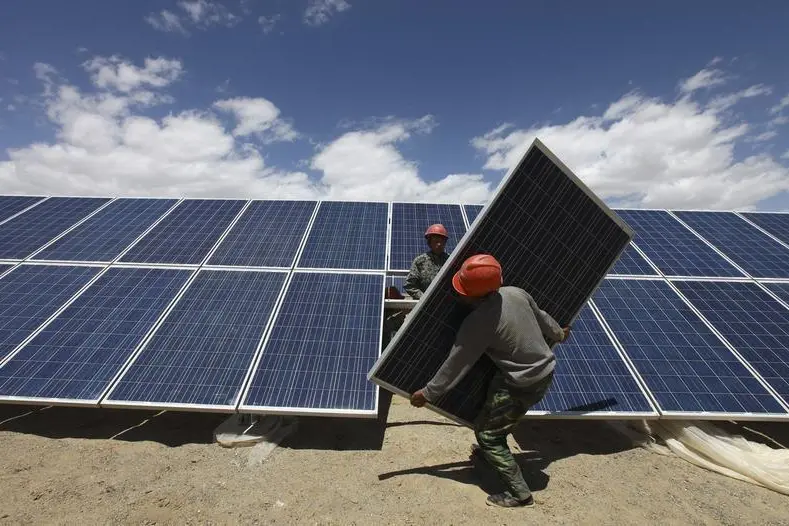.png)
Morocco Secures US Backing for $800M High Purity Polysilicon Plant: A Strategic Move to Reshape Global Supply Chains

Morocco Expands Solar Infrastructure with Two New Power Stations in Khouribga

(28th June 2024 London - The Net-Zero Circle) – The transportation system in Cuba faces numerous challenges that impact both the economy and the quality of life of its citizens. From 2010 to 2022, the country invested $27.386 billion in importing machinery and transportation equipment, according to the National Office of Statistics and Information (ONEI). Despite this investment, it has not been sufficient to address the sector's structural issues, which currently transports 50% fewer passengers than it did five years ago.
The Minister of Transportation, Eduardo Rodríguez Dávila, highlighted in the podcast "Desde la Presidencia'' that Cuba is experiencing one of its worst moments in terms of transportation. Here are the main problems identified:

In Havana, only 34% of the 894 buses of the Provincial Transport Company were operational in 2023. The shortage of spare parts, batteries, lubricants, and tires is a persistent issue. Since 2016, imports of machinery and transport equipment have decreased significantly, reaching a minimum of $1.349 billion in 2021. This reduction has resulted in lower utilisation of the vehicle fleet, with decreases of 20% in buses, 9% in train cars, and almost 10% in cargo transportation between 2018 and 2022.

To overcome these challenges, Cuba is considering modernising the transportation sector through the use of Renewable Energy. Renewable Energy is essential for electric mobility in Cuba, and the first steps and investments are being taken to reduce the transportation sector's dependence on fossil fuels. However, the necessary conditions for extending this more reliable and less polluting mobility are not yet in place. The goal is to expand its use sustainably without overloading the national electro-energy system, which has its limitations.

An example of these initiatives is the increase in various types of electric transportation in the country. Companies like Aguas de La Habana and ElectroAir are leading these efforts:

Cuba has launched 22 projects aimed at attracting foreign investment in the transportation sector, with a total value of over $212 million. However, 63.6% of these projects are directed towards maritime transport, while only 18.2% focus on land transport. Most of the projects are concentrated in Havana, with initiatives also in the Mariel Special Development Zone, Cienfuegos, Matanzas, Las Tunas, and Granma.
Rodríguez Dávila emphasised the need to better leverage international cooperation opportunities, although the lack of experience has been an obstacle. Modernising transportation in Cuba requires significant investments and an integrated strategy that combines economic efficiency and environmental sustainability.

The transition to Renewable Energy is crucial for addressing the challenges faced by Cuba's transportation sector. By adopting Renewable Energy sources such as solar power for electric mobility, Cuba can reduce its dependence on fossil fuels, lower emissions, and improve the sustainability of its transportation system. This shift not only promises a more reliable and environmentally friendly transportation solution but also contributes to a more sustainable future for the country.

.png)

